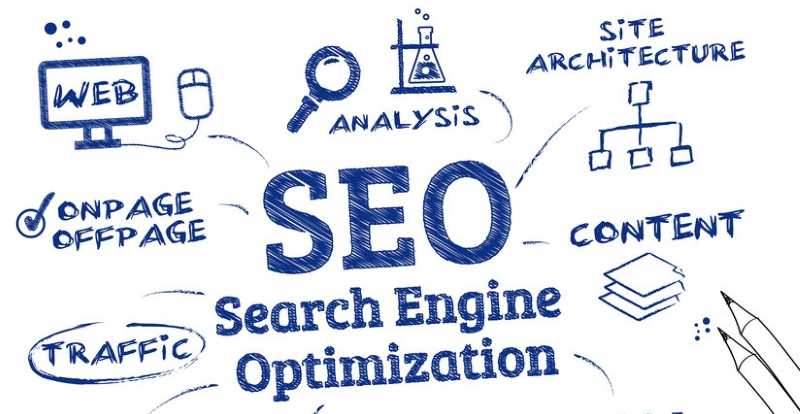Any company that has a presence online needs to consider Search Engine Optimization. For a site to gain traction on the web it must be traceable by and attractive to search engines, and therefore subsequently rank highly on the Search Engine Result Pages (SERPs).
SEO can sound intimidating to those who know little about it, but the basic principles of optimizing your site are largely common sense and are not difficult to implement. Furthermore, despite its importance, many companies are still strangers to SEO strategies; they do not implement basic procedures, meaning that competitors who do implement these procedures, can quickly rise above them on the SERPs.
To see how optimized your site already is, one can simply insert the URL into the www.1and1.com website checker. To strengthen any weaknesses highlighted by this tool, you can follow the seven simple SEO procedures outlined below.
Domain Name
For most businesses, the name of their site is the name of the business. However when constructing a domain name, there are factors unique to URLs that need to be considered. Firstly, it must not be too long – a rule of thumb is for it to be no longer than 20 characters (that is including the TLD - the ‘.com’ part.) It needs to be memorable, and if made up of more than one word, should be easily readable when not separated by a space.
TLD
The TLD ‘.com’ remains the most trustworthy. A country specific TLD like .ca or .fr should only be utilized if you have a specific product or service for that country. Other TLDs such as .net should also be registered, even if never to be used, so to ensure that another company does not occupy it and confuse customers.
Page Title and Favicon Logo
Make sure that each page of your site has a title which will then be displayed in the tab to make it easy for site visitors to identify your site when surfing the net. The home page needs to simply be, for example, ‘Frugal Entrepreneur.’ For subpages, to accompany ‘About Us’ and ‘Contact Us’ pages which do not identify your site, consider a favicon – a logo to sit next to the non-specific page title.
Responsive Design
Today, more internet browsing is conducted on smartphones and tablets than on desktop computers and laptops. For this reason you need to ensure that your site has a responsive design, which means that it responds to whatever device that it is being viewed upon. Other optimum web designs to consider can be viewed here.
SERP Presentation
Appearing on a SERP is one thing, but once you are there you need to ensure that you appear attractive to the searcher. Be certain that the title of your site includes both the name, and a description. For example: Daisy Doe’s | Organic Restaurant and Bakery. Similarly, the meta-description below the title should be neither too long nor too short. This tool here can help with that.
Security
Make sure that your site has an SSL Certificate to assure users that all the data entering and leaving your site is encrypted. Additionally, you can apply for an eSSL Certificate, which is granted by an external authority, and vets your entire business to establish that it is legitimate and trusted to conduct online commerce. To protect against hackers, the php info and Apache status of your site is must be hidden.
Social Media
To confirm that you are firing from all cylinders, create social media accounts on Facebook and Twitter (the others such as Pinterest and Instagram may be useful depending upon your market) and embed buttons on to your site.
These measures will lead your site to be ranked higher on SERPs. Naturally, SEO goes further than these seven measures, but the above will give you a good foundation. Once these are successfully implemented, you can look towards keyword research, optimized content, and your backlink profiles. SEO is large and complex, but the first few steps are simple, and it’s those first few steps that are the most important.
